
Imagine unlocking the secrets of meditation for emotional strength. Intriguing, isn’t it? As we delve into this article, prepare to journey through the captivating nexus where mindfulness and emotional strength unite. You’ll discover that meditation isn’t just an optional lifestyle choice; it’s a transformative practice with the potential to revolutionise your emotional well-being.
Unpacking Emotional Strength: The What and the Why
At its core, emotional strength is the ability to adaptively manage and cope with emotional experiences, both positive and negative. It’s not about suppressing emotions or putting on a brave face; it’s about navigating the emotional landscape of life with agility and wisdom. But why is this so crucial? Emotional strength serves as the bedrock for mental well-being, affecting everything from our relationships and work performance to our self-esteem and physical health. It’s the linchpin that holds our psychological framework together, enabling us to face life’s challenges head-on.
The Symbiotic Relationship: How Emotional Strength and Mental Well-being Are Intertwined
You can’t discuss emotional strength without touching on mental well-being; the two are inextricably linked. Emotional strength serves as a protective factor against mental health issues like depression and anxiety. It also enhances cognitive functions such as focus, decision-making, and problem-solving. In essence, emotional strength is not just an isolated trait but a vital component of a holistic approach to mental health. It’s the thread that weaves together our cognitive functions and emotional experiences, creating a tapestry of psychological well-being.
By delving into the science behind emotional strength, we can better appreciate its complexity and its pivotal role in our lives. It’s not just about “feeling good”; it’s about understanding the neurological mechanisms that make us resilient, adaptable, and, ultimately, human.
Why is Meditation so Powerful?
Meditation has proven itself to be a transformative practice with the power to reshape not just your mind, but your entire life. In this section, we’ll delve into the science behind how meditation influences your brain and emotional well-being, and we’ll hear how regular meditation practice can lead to life-changing benefits.

The Neuroscientific Underpinnings: How Meditation Modulates Your Brain and Emotional Responses
When discussing emotional strength, it’s crucial to consider the effect of meditation on the body, particularly in the realm of brain function. Our emotional responses are orchestrated by a complex network of brain regions, including the amygdala, prefrontal cortex, and hippocampus. These areas work in concert to process emotional stimuli, regulate emotional responses, and store emotional memories. Neurotransmitters like serotonin and dopamine also play a pivotal role in modulating our mood and emotional stability. Understanding this intricate neurological dance can offer us valuable insights into cultivating emotional strength.
Studies have found that regular meditation increases the density of grey matter in the prefrontal cortex, a region associated with executive functions like focus, decision-making, and emotional regulation. This neuroplasticity—the brain’s ability to reorganise itself—translates into enhanced emotional resilience. You become better equipped to handle stress, manage anxiety, and navigate the emotional ups and downs of daily life.
Why is Meditation so Powerful for Developing Emotional Strength?
So why is meditation so powerful, and why does it have this profound effect on emotional strength? The answer lies in its ability to cultivate mindfulness, which is the practice of being fully present and engaged in the moment. This heightened awareness allows you to observe your thoughts and feelings without judgement, giving you the space to choose how you will react. It’s like having a pause button for your mind, offering you the opportunity to step back and assess situations more objectively. This is particularly beneficial when you find yourself in emotionally charged situations. Instead of being swept away by the tide of your emotions, you can stand firmly anchored in the present moment, making choices that align with your values and contribute to your emotional well-being.
Real-Life Journeys: The Transformative Power of Meditation
The persuasive power of science is undeniable, yet personal stories often resonate on a deeper level. Let’s turn our attention to a real-life account of the transformative changes that can occur through meditation. Narratives like this stand as compelling testaments to the life-altering impact of meditation.
Among these stories is my own journey, which took a significant turn during a particularly challenging period. It was during lockdown, a time when many of us had an abundance of free time, that I truly committed to my mindfulness practice. This consistent practice became a lifeline, helping me cope with the isolation and offering me a fresh perspective on my thoughts. Mindfulness has since become an integral part of my daily routine. It enables me to be fully present in each moment and navigate life’s ups and downs with a sense of equanimity. This practice has not only enriched my mental well-being but also fundamentally shifted my outlook on life.
The Fundamentals of Meditation
Before we dive headlong into the transformative power of meditation, let’s ease into the shallow waters and familiarise ourselves with its foundational elements. Believe me, meditation is far less daunting than it may initially appear.

What is Meditation and How Does it Function?
To the uninitiated, meditation may seem like just sitting in a quiet room with your eyes closed; but it is so much more than that. Meditation is a practice that engages your mind, body, and spirit. At its core, meditation is about focusing your attention and eliminating the jumble of thoughts that may be crowding your mind and causing stress. This mental clarity creates a heightened state of awareness and inner calm. Think of it as a mental gym where you train your mind to detach from the chaos and find serenity.
A Panorama of Meditation Styles: An In-Depth Overview
Meditation is not a one-size-fits-all practice; it comes in various flavours, each with its unique set of techniques and benefits. Some popular types include:
Transcendental Meditation: The Power of the Mantra
Transcendental Meditation, often abbreviated as TM, is a unique form of meditation that utilises the repetition of a specific word or phrase, known as a mantra. This mantra serves as an anchor, helping to quiet the mind and facilitate a state of deep relaxation.
The Origins of Transcendental Meditation
Originating from ancient Vedic traditions, TM was popularised in the West by Maharishi Mahesh Yogi. It has since gained a following that includes celebrities, business leaders, and everyday people seeking inner peace.
How to Practise Transcendental Meditation
The practice typically involves sitting with your eyes closed for 20 minutes, twice a day, while silently repeating your chosen mantra. The repetition serves to focus the mind and facilitate a unique state of restful alertness.
The Benefits of Transcendental Meditation
Studies have shown that TM can reduce stress, improve mental clarity, and even lower blood pressure. It’s a holistic approach to well-being that goes beyond mere relaxation.
Zen Meditation (Zazen): The Art of Sitting
Zazen, also known as Zen Meditation, has its foundations in Buddhist teachings. It goes beyond serving merely as a method of meditation; it’s a lifestyle that underscores the significance of seated posture and focused breathing as avenues to spiritual enlightenment.
The Philosophy Behind Zen Meditation
Zazen goes beyond merely silencing the mind; it involves a mindful observation of your thoughts, feelings, and breath, all without casting judgement. It’s an exercise in wholehearted acceptance and being fully present.
The Technique of Zazen
The practice involves sitting in a specific posture—usually the lotus or half-lotus position—and focusing intently on your breath as it enters and leaves your body. The aim is to be fully present in each moment.
The Impact of Zen Meditation
Regular practice of Zazen can lead to increased mindfulness, emotional stability, and a deeper sense of inner peace. It’s a transformative practice that can profoundly impact your daily life.
Loving-kindness Meditation (Metta): Cultivating Universal Love
Loving-kindness Meditation, also known as Metta, is a form of meditation aimed at fostering compassion and love, not just for yourself but for all beings.
The Essence of Metta
The practice involves silently repeating phrases like “May I be happy, may I be well,” and gradually extending these wishes to loved ones, acquaintances, and even those with whom you have conflicts.
The Psychological Benefits of Loving-kindness Meditation
Research has shown that Metta can lead to increased positive emotions, decreased negative emotions, and even a reduction in chronic pain. It’s a heart-opening practice that can transform your relationship with the world.
Body Scan or Progressive Relaxation: A Journey Through the Self
In this form of meditation, you mentally scan your body from head to toe, focusing on each area and consciously relaxing it.
The Methodology of Body Scan
Starting from the tips of your toes and moving upwards, you bring your attention to each body part, noting any sensations, tension, or discomfort, and then consciously releasing it.
The Benefits of Body Scan Meditation
This practice is particularly effective for stress reduction and has been shown to reduce symptoms of anxiety and improve sleep quality.
Yoga: The Union of Mind and Body
While not strictly a form of meditation, yoga incorporates elements of mindfulness and focused attention through its series of postures and breathwork.
The Philosophy of Yoga
Yoga is an ancient practice that aims to create a harmonious union between the mind, body, and spirit. It’s a holistic approach to well-being that transcends mere physical exercise.
The Meditative Elements in Yoga
The mindful movement and controlled breathing in yoga serve to focus the mind and induce a meditative state. This enhances not only physical flexibility but also mental resilience.
The Benefits of Incorporating Yoga into Your Routine
Regular yoga practice can lead to improved mental clarity, reduced stress levels, and enhanced emotional well-being. It’s a complementary practice that can enrich your meditation journey.
Each of these meditation forms offers a unique path to emotional strength and mental clarity. Whether you’re chanting a mantra, sitting in silence, or moving through yoga poses, the key is to find the practice that resonates with you and make it a part of your daily life.
Each of these styles offers a unique path to the same destination: a more mindful, peaceful you.
Mindfulness Meditation: An Immersive Exploration
Now, let’s delve deeper into the realm of Mindfulness Meditation, a practice that holds a special place in our journey towards emotional strength. Mindfulness is the act of being intensely aware of what you’re sensing and feeling at every moment, without interpretation or judgement. In mindfulness meditation, you broaden this awareness to cultivate a focused yet relaxed mental state.
The practice usually starts with concentrating on your breath, feeling each inhalation and exhalation. As you get more adept, you’ll learn to expand this mindfulness to other thoughts, sensations, and ultimately, to your daily activities. It’s like a spotlight that you can shine on any area of your life that needs clarity or peace.
Mindfulness meditation provides you with invaluable skills that allow you to fully immerse yourself in the present moment. By doing so, you not only heighten your awareness but also enrich every experience, whether it’s a simple conversation, a walk in the park, or even a challenging situation. This practice transforms ordinary moments into opportunities for deeper connection and understanding, elevating your overall quality of life.
So, as you can see, meditation is not some esoteric ritual but a practical, adaptable skill that anyone can incorporate into their daily routine. With this foundational understanding, you’re well-equipped to start your journey into the deeper aspects of meditation and emotional strength.
How to Meditate for Emotional Strength
So, you’re ready to dive into the transformative world of meditation, specifically tailored to fortify your emotional strength? That’s fantastic! Meditation is more than just a practice; it’s a journey—a journey that begins with the right mindset and the right setting. Let’s delve into how you can set the stage for this life-changing experience and walk you through a step-by-step guide to mindfulness meditation. We’ll also share some insider tips to help you make the most of your meditation sessions.
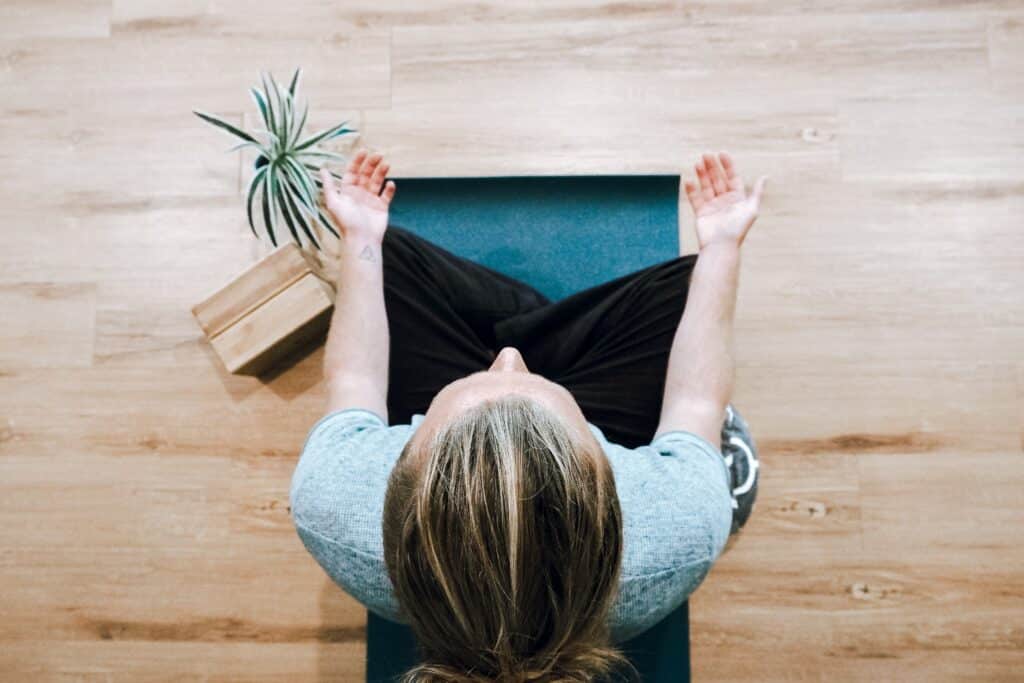
Setting the Stage: Preparing Your Mind and Environment
Before you even sit down to meditate, it’s crucial to prepare both your mind and your physical space. Think of it as laying down a fertile ground where the seeds of emotional strength can sprout and grow.
Cultivating the Right Mindset
Intentionality
Before you begin, set a clear intention. What do you hope to achieve through this meditation? Whether it’s emotional balance, increased resilience, or simply a moment of peace, having a clear goal will guide your practice.
Openness
Approach your meditation with an open mind. This is your time to explore the inner workings of your emotional landscape, free from judgement.
Creating a Sacred Space
Location
Choose a quiet and comfortable space where you won’t be disturbed. This could be a corner of your room, a cosy chair, or even a spot in a nearby park.
Ambiance
Consider lighting a candle or incense, or playing soft, instrumental music to enhance your focus and set the mood.
A Step-by-Step Guide to Mindfulness Meditation
Now that you’re mentally and physically prepared, let’s get into the nitty-gritty of the meditation practice itself. Mindfulness meditation is all about being present and fully immersing yourself in the moment.
Getting Into Position
Posture
Sit in a comfortable position, either on a chair or on the floor, with your back straight to allow for proper breathing.
Hands
Place your hands on your lap or your knees, palms facing upwards or downwards, as you prefer.
The Meditation Process
Breathing
Close your eyes and turn your attention to your breath. Feel the air moving in and out of your nostrils or your chest rising and falling.
Awareness
As you breathe, become aware of your thoughts and emotions. Don’t try to change or judge them; simply observe.
Refocusing
Whenever your mind wanders—and it will—gently bring your focus back to your breath.
Closing the Session
Gratitude
Before opening your eyes, take a moment to feel grateful for the time you’ve spent nourishing your emotional strength.
Transition
Open your eyes slowly, taking in your surroundings before you get up and continue with your day.
Tips for Making the Most of Your Meditation Session
Meditation is a skill, and like any skill, it improves with practice and the right techniques.
Consistency is Key
Make meditation a regular part of your routine, even if it’s just five minutes a day. Consistency trumps duration.
Use a Guided Meditation App
If you’re new to the practice, consider using a guided meditation app to help you focus and provide structure to your sessions.
Journal Your Experience
After each session, jot down any insights, emotions, or thoughts that arose during your meditation. This can be a powerful tool for self-reflection and tracking your progress.
Be Patient and Kind to Yourself
Some days will be easier than others, and that’s okay. The important thing is to show up for yourself, again and again.
By incorporating these tips and following this guide, you’re well on your way to building emotional strength through the transformative power of mindfulness meditation. Happy meditating!
As we’ve explored the transformative potential of meditation, you might be eager to dive into practice. To help you get started—or deepen your existing practice—we’ve included a link to the Daily Calm meditation video below. Whether you’re a seasoned meditator or a complete beginner, this video serves as a valuable resource to enhance your journey toward emotional well-being.
Further Exploration: Your Journey Beyond This Article
While our time together in this article is finite, your journey towards emotional strength through meditation is a lifelong adventure. Fortunately, the world is brimming with resources to guide you every step of the way. Let’s delve into some avenues you can explore to deepen your understanding and practice.
A Library at Your Fingertips: Books, Apps, and Courses
The written word has a magical way of deepening our understanding, doesn’t it? Whether you’re a fan of ink on paper or pixels on a screen, there’s a wealth of knowledge waiting for you.
Apps to Guide Your Practice
In our digital age, your smartphone can be a sanctuary of wisdom. Apps like Headspace, Calm, and Insight Timer offer guided meditations and educational content right at your fingertips.
Courses for Structured Learning
If you’re someone who thrives on structured learning, various online courses offer a curriculum-based approach to mastering meditation and emotional resilience.
The Power of Community: Groups and Online Forums
You’re not alone on this journey. Sometimes, the collective wisdom of a community can offer insights and support that no book or course can provide.
Local Meditation Groups
Imagine sharing a space with like-minded individuals, all committed to the same transformative journey. Local meditation groups offer this sense of community and shared purpose.
Online Forums for Instant Support
If you’re more of a digital nomad, online forums like Reddit’s r/Meditation or specialised Facebook groups can be a treasure trove of advice, experiences, and encouragement.
Conclusion
From the intricate science behind emotional strength to the ancient wisdom of meditation, we’ve traversed a landscape rich with insights and transformative practices. As we near the end of this article, let’s take a moment to reflect on the milestones we’ve reached, the wisdom we’ve gathered, and the path that lies ahead for each of us in our quest for mental equilibrium and emotional fortitude.
The Odyssey to Emotional Resilience: A Comprehensive Review
We started our journey by delving into the very essence of emotional strength. We explored its neurological underpinnings and its profound impact on our overall well-being. We then navigated the tranquil waters of meditation, learning its basics and its nuanced forms, particularly focusing on mindfulness meditation.
Building Your Emotional Fortress: Unmissable Takeaways
If there’s one thing to take away from our journey, it’s that meditation isn’t merely a practice; it’s a lifestyle change. It’s the cornerstone upon which you can build your emotional fortress. From enhancing self-awareness to reducing stress, the benefits are manifold. But remember, the effectiveness of meditation is directly proportional to your commitment to it. Consistency is key.
So, what’s next on this transformative journey? First and foremost, make meditation a non-negotiable part of your daily routine. Start small if you must, but start nonetheless. Consider diving deeper into stoicism and perhaps even incorporating some CBT techniques into your self-care regimen. Keep learning, keep practising, and keep growing. And remember, the path to mental harmony is not a sprint; it’s a lifelong marathon. Equip yourself with the right tools, and you’ll find that the road ahead is not just endurable but profoundly enriching.

Call to Action
Isn’t it exhilarating to stand on the precipice of transformation? To know that a more resilient, centred, and enlightened version of yourself is just a decision away? This journey we’ve been discussing isn’t just theoretical—it’s a tangible path that you can start walking down today. And the beauty of it? You don’t have to do it alone; we’re in this together.
The ancient wisdom reminds us that a journey of a thousand miles begins with a single step. It’s a cliché, yes, but some clichés persist because they’re packed with truth. That first step, whether it’s setting aside five minutes a day for mindfulness meditation or diving into the Stoic texts, is the catalyst for a cascade of change. It’s the moment where possibility turns into action, and action is the furnace where transformation is forged.
So, what’s holding you back? Time? Doubt? Uncertainty? Let’s dispel those clouds right now. Time will pass regardless; why not invest it in something that elevates you? Doubt and uncertainty are just mental constructs, and you’ve got the tools to dismantle them.
Take that first step today. Not tomorrow, not next week, but today. Because the sooner you start, the sooner you’ll experience the profound shifts in your emotional strength, mental clarity, and overall well-being. And remember, each step you take is a step closer to a life imbued with purpose, resilience, and a deep sense of inner peace.


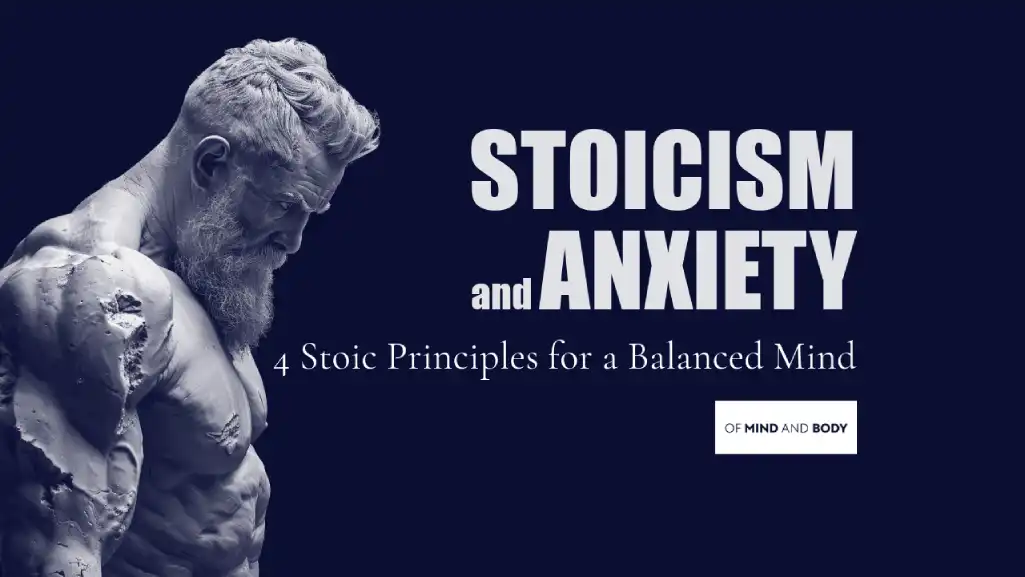
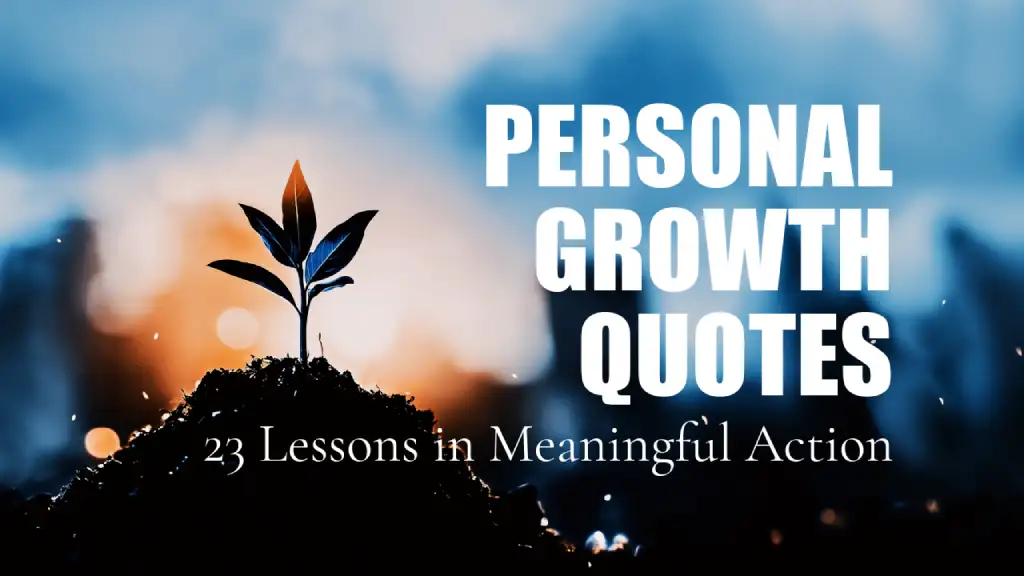
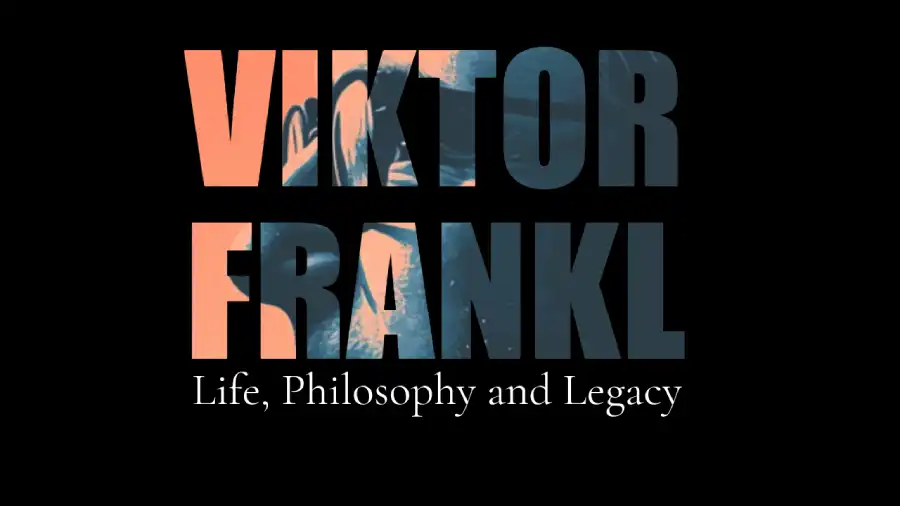
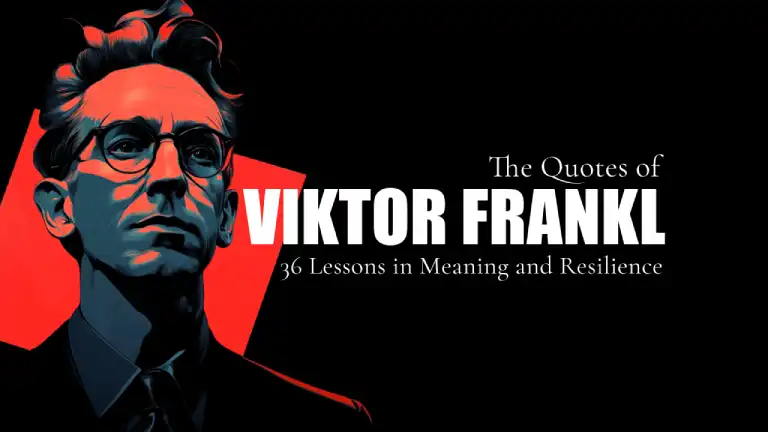
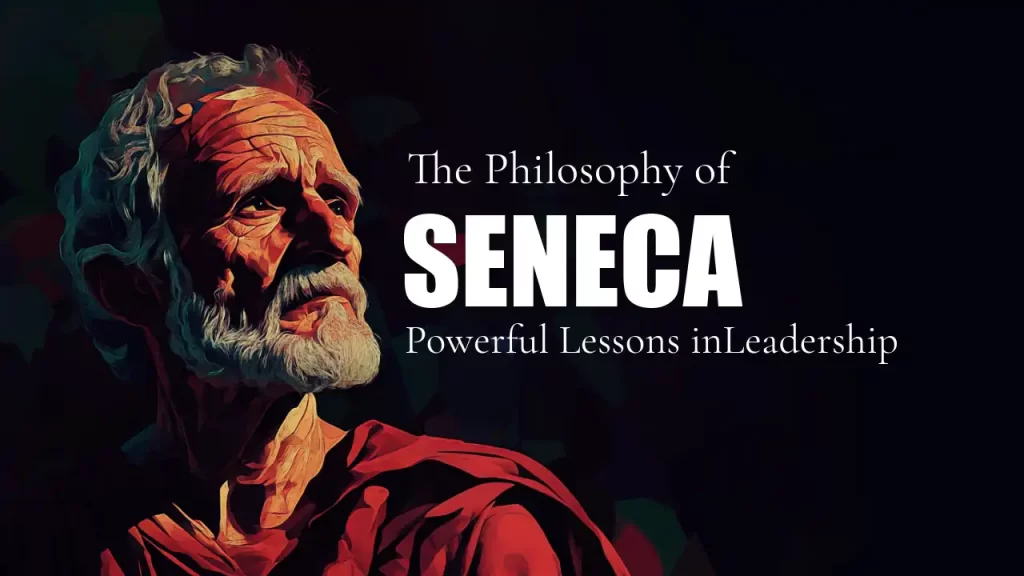
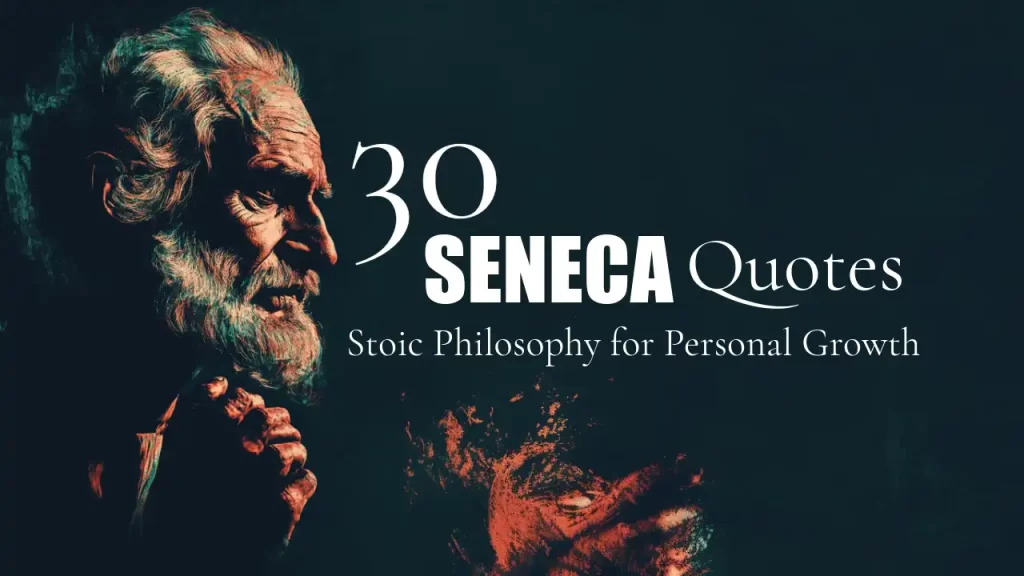
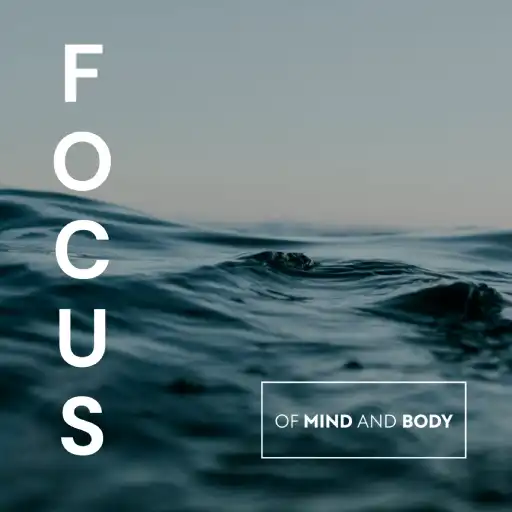
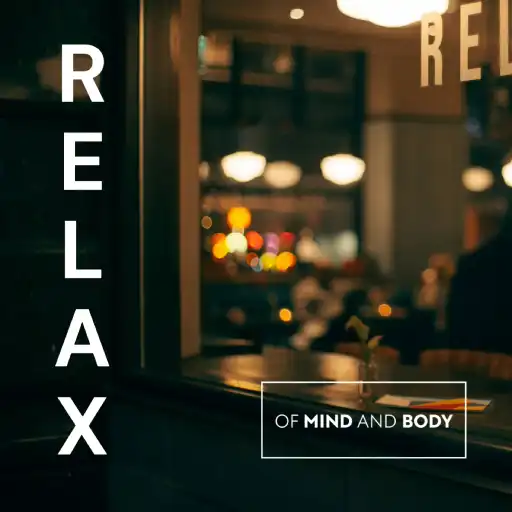
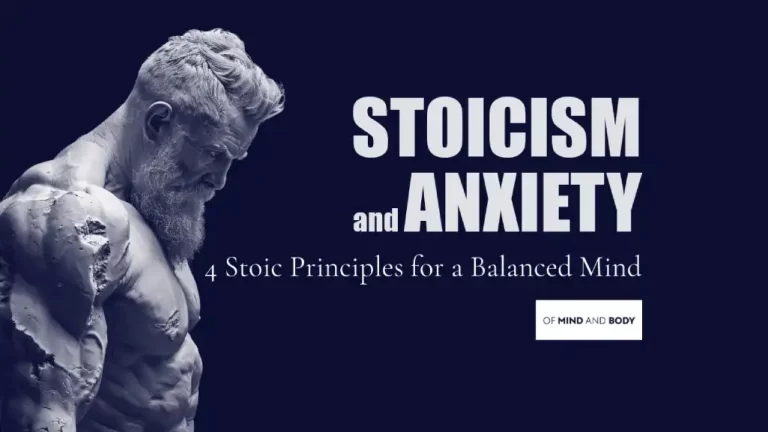
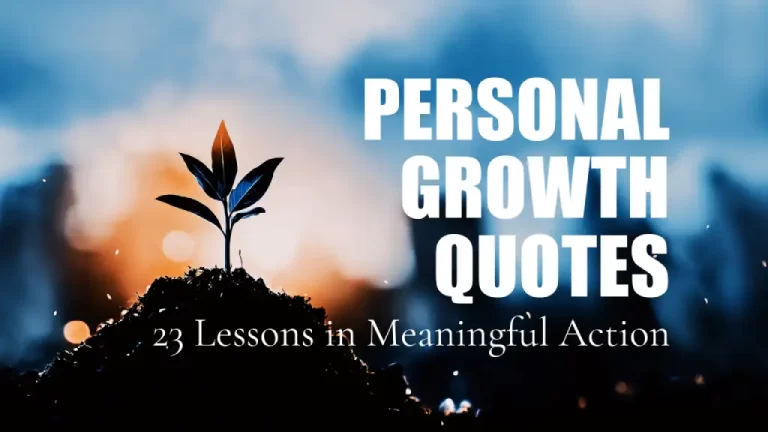
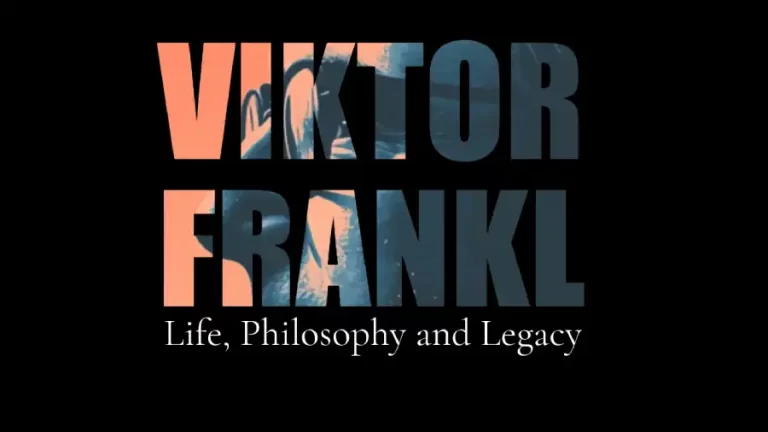
One Response